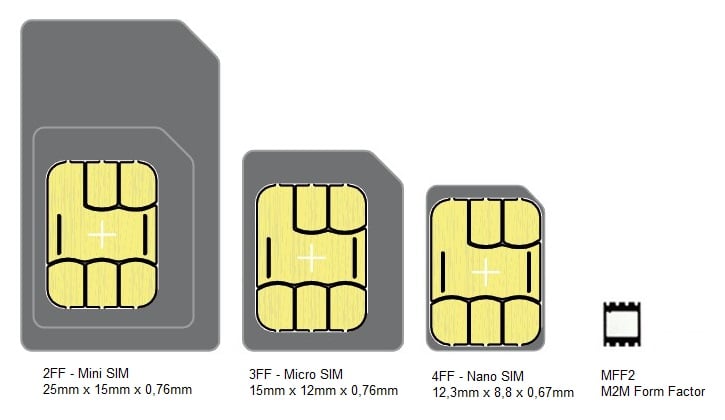Since Apple’s announcement of a dual SIM iPhone that leverages the eSIM, the search for the meaning and scope of the word has been meteoric.
Apple’s new iPhone X iterations won’t be the first devices to feature an eSIM, though. Before them, Samsung, Google, and Apple itself (the Watch Series 3) have all deployed the cellular technology. What then is an eSIM? How is it different from the normal SIM? Is it any important?
In this article, you will learn everything about an eSIM. Thereafter, you will decide for yourself if you need a device with eSIM or not
The Evolution of the SIM
The subscriber identity module (SIM) card is used to store information that can be used to authenticate in recognise individual subscribers on a cellular network.
For 27 years, the mode of operating the SIM hasn’t changed even though it has changed in physical size and capacity. The SIM, be it nano or macro, still has to be inserted into a device. The size has changed from being the size of a credit card to be on par with an SD card.
Device manufacturers and players in the tech industry have sought solutions to making the SIM lighter and more efficient. The best solution till date has been the nano-SIM which is small enough. However, designers know that the SIM is less about the physical space it occupies and has more to do with the function it serves.
In many parts of the world, you have to change the physical SIM if you want to switch network operators. But, that is set to change.

What is the eSIM?
The embedded SIM (formally called the embedded Universal Integrated Circuit Card – eUICC) is integrated into the motherboard of a device and takes up a 6mm by 5mm space which is considerably smaller than the nano-SIM.
The eSIM functions just like a removable SIM, and s already being utilised by manufacturers including Samsung, Apple, and Google while others are expected to follow with their product launches later this year. The eSIM comes with Remote Provisioning capabilities which means that you can select your preferred operator by changing the settings on your phone without losing any data stored on your device.
One of the great things about the eSIM is that it will automatically change the list of operators when you are travelling. The device will detect that you are in a new location, and the eSIM will adjust operators just accordingly so you can pick.
The internet of things is fundamentally about connected devices. To that goal, the internet and connection is vital. In order to achieve a world where devices are interconnected, the importance of an eSIM becomes very obvious.
It makes accessing the internet on a TV possible without the need to connect to Wi-Fi. Wearables, drones, automobiles, and more will also benefit from eSIM.
The use of eSIM may still be in its infancy, but it wouldn’t take long before we start seeing smartphones, tablets, PCs, and more deploying the technology.
It could have taken 27 years to get to this point, but it wouldn’t take that long before devices become connected without a physical access tool.
